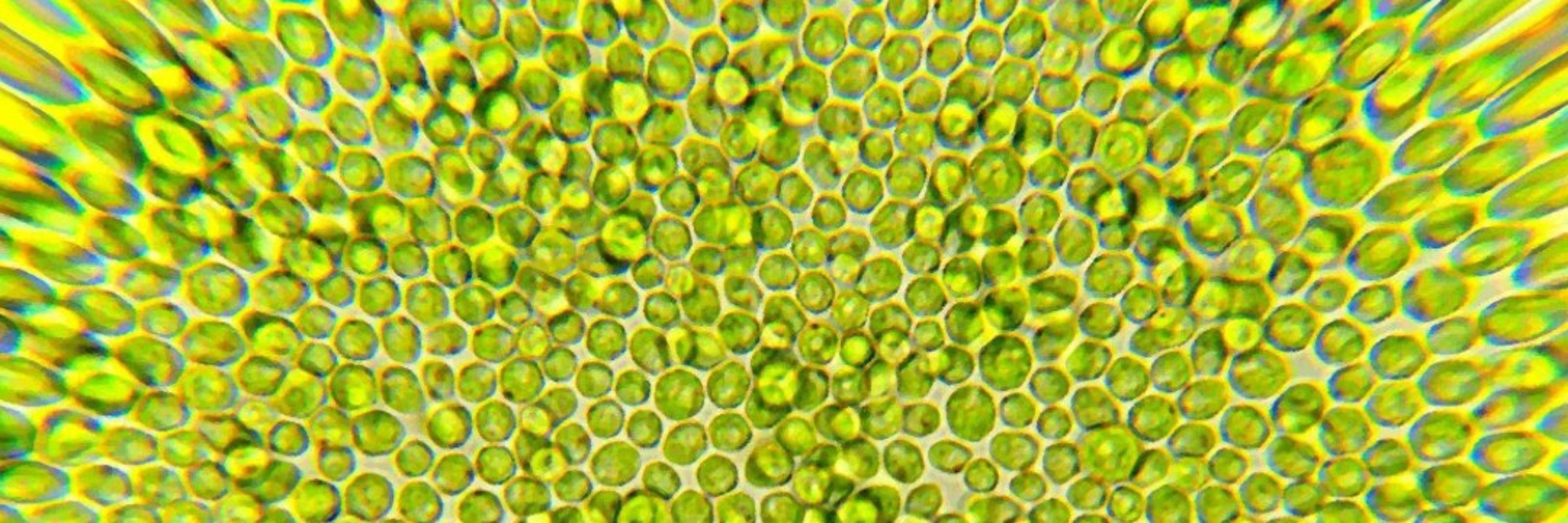
Kirsty Wan
@micromotility.bsky.social
Cilia and cell motility enthusiast, basal cognition, weird organisms esp protists and larvae, how do living systems compute?
Professor of Cellular & Biophysical Dynamics, Living Systems Institute, Exeter (past: DAMTP, Cambridge)
www.micromotility.com
Professor of Cellular & Biophysical Dynamics, Living Systems Institute, Exeter (past: DAMTP, Cambridge)
www.micromotility.com
congrats! beautiful work!
November 10, 2025 at 3:21 PM
congrats! beautiful work!
Cool! I didn't even know about #wormwednesday!
October 15, 2025 at 9:20 PM
Cool! I didn't even know about #wormwednesday!
Yeah okay i agree... I just like to provoke horror from @jekely.biologists.social.ap.brid.gy
Thanks!!
Thanks!!
October 15, 2025 at 9:19 PM
Yeah okay i agree... I just like to provoke horror from @jekely.biologists.social.ap.brid.gy
Thanks!!
Thanks!!
Our findings highlight a remarkably modular and robust propulsion mechanism found in a marine larva, which relies on short-range physical interactions to achieve ciliary coordination.
Thanks to Rebecca for all the hard work and @jekely.biologists.social.ap.brid.gy for the collaboration!
Thanks to Rebecca for all the hard work and @jekely.biologists.social.ap.brid.gy for the collaboration!
October 15, 2025 at 8:53 PM
Our findings highlight a remarkably modular and robust propulsion mechanism found in a marine larva, which relies on short-range physical interactions to achieve ciliary coordination.
Thanks to Rebecca for all the hard work and @jekely.biologists.social.ap.brid.gy for the collaboration!
Thanks to Rebecca for all the hard work and @jekely.biologists.social.ap.brid.gy for the collaboration!
#platynereis is an excellent model for cilia dynamics and coordination, incl. how metachronal waves emerge - during a process known as ciliary closure. These events are neuronal controlled, allowing the larvae to finely control their position in the water column elifesciences.org/articles/26000

October 15, 2025 at 8:53 PM
#platynereis is an excellent model for cilia dynamics and coordination, incl. how metachronal waves emerge - during a process known as ciliary closure. These events are neuronal controlled, allowing the larvae to finely control their position in the water column elifesciences.org/articles/26000
in fact, you can just keep removing cilia, until all but a single wavelength of the ciliary band remains. The tiny patch keeps propagating a metachronal wave! [watch video till the end]
(see paper for other interesting details about these waves)
(see paper for other interesting details about these waves)
October 15, 2025 at 8:53 PM
in fact, you can just keep removing cilia, until all but a single wavelength of the ciliary band remains. The tiny patch keeps propagating a metachronal wave! [watch video till the end]
(see paper for other interesting details about these waves)
(see paper for other interesting details about these waves)
to test if spatial gaps could break wave transmission, we (Rebecca) started removing more and more cilia from this equatorial ring, finding that spatial continuity of the cilia within a single multiciliated cell is both necessary and sufficient for wave continuity

October 15, 2025 at 8:53 PM
to test if spatial gaps could break wave transmission, we (Rebecca) started removing more and more cilia from this equatorial ring, finding that spatial continuity of the cilia within a single multiciliated cell is both necessary and sufficient for wave continuity
look at the discontinuities in the following kymograph (space-time plot of beat phase), turns out these come from the natural gaps between neighbouring multiciliated cells (each with several hundred cilia!).


October 15, 2025 at 8:53 PM
look at the discontinuities in the following kymograph (space-time plot of beat phase), turns out these come from the natural gaps between neighbouring multiciliated cells (each with several hundred cilia!).
with a single equatorial band made up of many many cilia. These propagate so-called 'metachronal waves', always in the same direction! The wave may look continuous, but in fact it's not!
October 15, 2025 at 8:53 PM
with a single equatorial band made up of many many cilia. These propagate so-called 'metachronal waves', always in the same direction! The wave may look continuous, but in fact it's not!
What is a #Platynereis you might ask? I would never have encountered them were it not for @jekely.biologists.social.ap.brid.gy
The adult worm is extremely ugly, in contrast, the larvae, is adorned with many cilia, which naturally makes them beautiful. The 2-day old larva is approximately spherical
The adult worm is extremely ugly, in contrast, the larvae, is adorned with many cilia, which naturally makes them beautiful. The 2-day old larva is approximately spherical


October 15, 2025 at 8:53 PM
What is a #Platynereis you might ask? I would never have encountered them were it not for @jekely.biologists.social.ap.brid.gy
The adult worm is extremely ugly, in contrast, the larvae, is adorned with many cilia, which naturally makes them beautiful. The 2-day old larva is approximately spherical
The adult worm is extremely ugly, in contrast, the larvae, is adorned with many cilia, which naturally makes them beautiful. The 2-day old larva is approximately spherical

